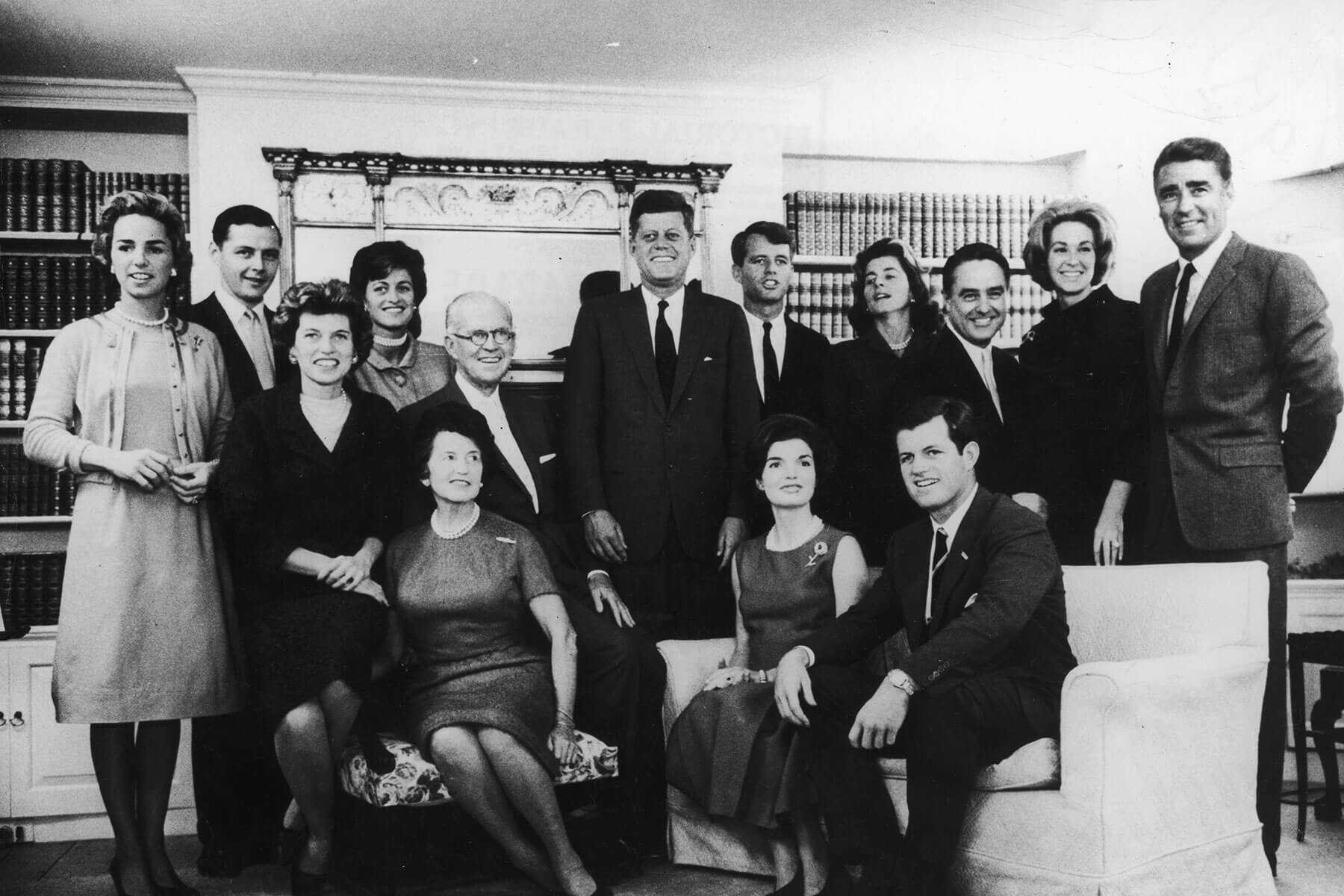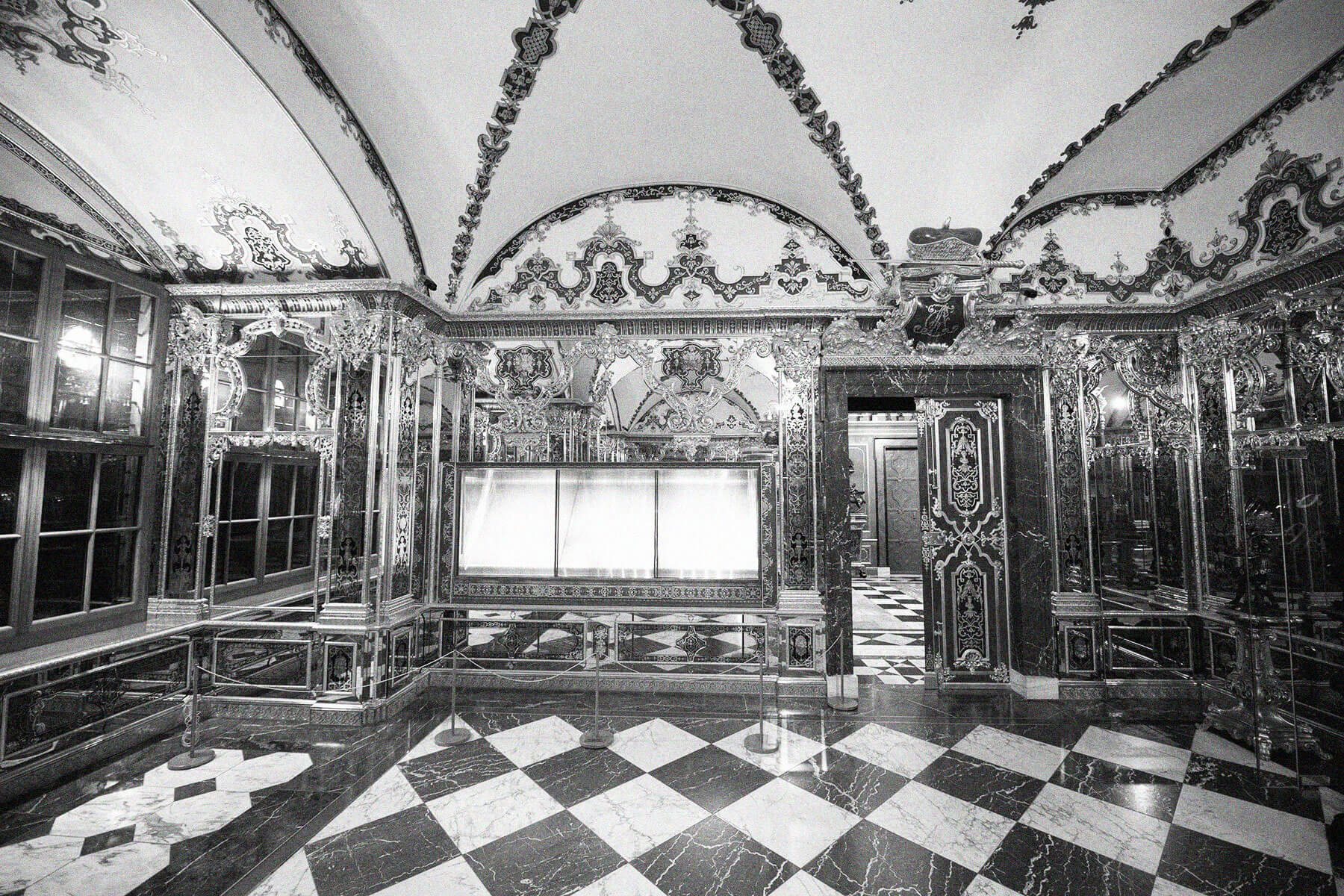Who was the first computer programmer? (Hint: It wasn't a man)
Thursday, January 4, 2024
Long before laptops and smartphones, a 19th-century Englishwoman named Ada Lovelace created what many consider to be the world's first computer program. |
| |
| |
|
 |
|
| L ong before laptops and smartphones, a 19th-century Englishwoman named Ada Lovelace created what many consider to be the world's first computer program. Lovelace was born in 1815 to famed poet Lord Byron and philanthropist Annabella Milbanke Byron, though she never had a relationship with her father and was raised alone by her mother. Annabella became fearful that Ada would inherit her artistic father's perceived "insanity," and so she encouraged Ada to study grounded disciplines such as logic and math. Lovelace grew fond of those pursuits, and developed a keen interest in the inventions of English mathematician Charles Babbage, whom she met in 1833. Babbage told Lovelace of his plan to create a complex calculating machine known as the Analytical Engine — the precursor to the modern computer — and Lovelace was eager to contribute to the project. |
|
|
| In 1843, Lovelace was asked to translate a French account of one of Babbage's lectures overseas, and Babbage encouraged her to expand the paper with her own thoughts. In August of that year, Lovelace published the 66-page translation, which included 41 pages of appendices containing additional theories and formulas. The most famous of these notations is "Note G," which has been deemed the world's first computer program. In this table, Lovelace determined how the machine could theoretically calculate a sequence of rational numbers known as Bernoulli numbers. Though the machine was never built, and thus was never able to successfully execute Lovelace's calculations, the theory laid the groundwork for the future of computer programming. |
|
 |  |
|
| Thank you for supporting our advertisers! |
|
| |
|
 |
|
By the Numbers |
|
| Year the first Apple desktop computer was released | | | 1976 |
| | | Weight (in tons) of the first general purpose computer (ENIAC) | | | 30 |
| | | Weight (in tons) of the first general purpose computer (ENIAC) | | | 30 |
|
|
|
| Total cantos (chapters) in Byron's epic poem "Don Juan" | | | 16 |
| | | Storage capacity (in megabytes) of the first commercial hard drive | | | 3.75 |
| | | Storage capacity (in megabytes) of the first commercial hard drive | | | 3.75 |
|
|
|
 |
|
 | | Did you know? |
|
|
The oldest known analog computer was discovered in an ancient Greek shipwreck. |
|
| The Antikythera mechanism is an ancient device built between 205 and 60 BCE that sank to the bottom of the Mediterranean aboard a shipwreck in the first century BCE. The corroded remains were recovered in 1901, though the mechanism broke into three pieces upon its removal from the water. Given the advanced wear, it wasn't until 1905 that the relic was first theorized to be some sort of ancient analog computer. Teams examined the series of complex dials and gears, which were operated by turning a small crank. As research progressed, it was determined that the Antikythera was used to calculate astronomical positions of the sun, moon, and planets; users could enter a past or future date and turn the crank to make astronomical predictions. This discovery sent shock waves through the scientific community, which previously believed this technology hadn't been invented until the 14th century. |
|
| Thank you for supporting our advertisers! |
|
| |


posted by June Lesley at 6:00 AM










![]()
![]()






0 Comments:
Post a Comment
<< Home